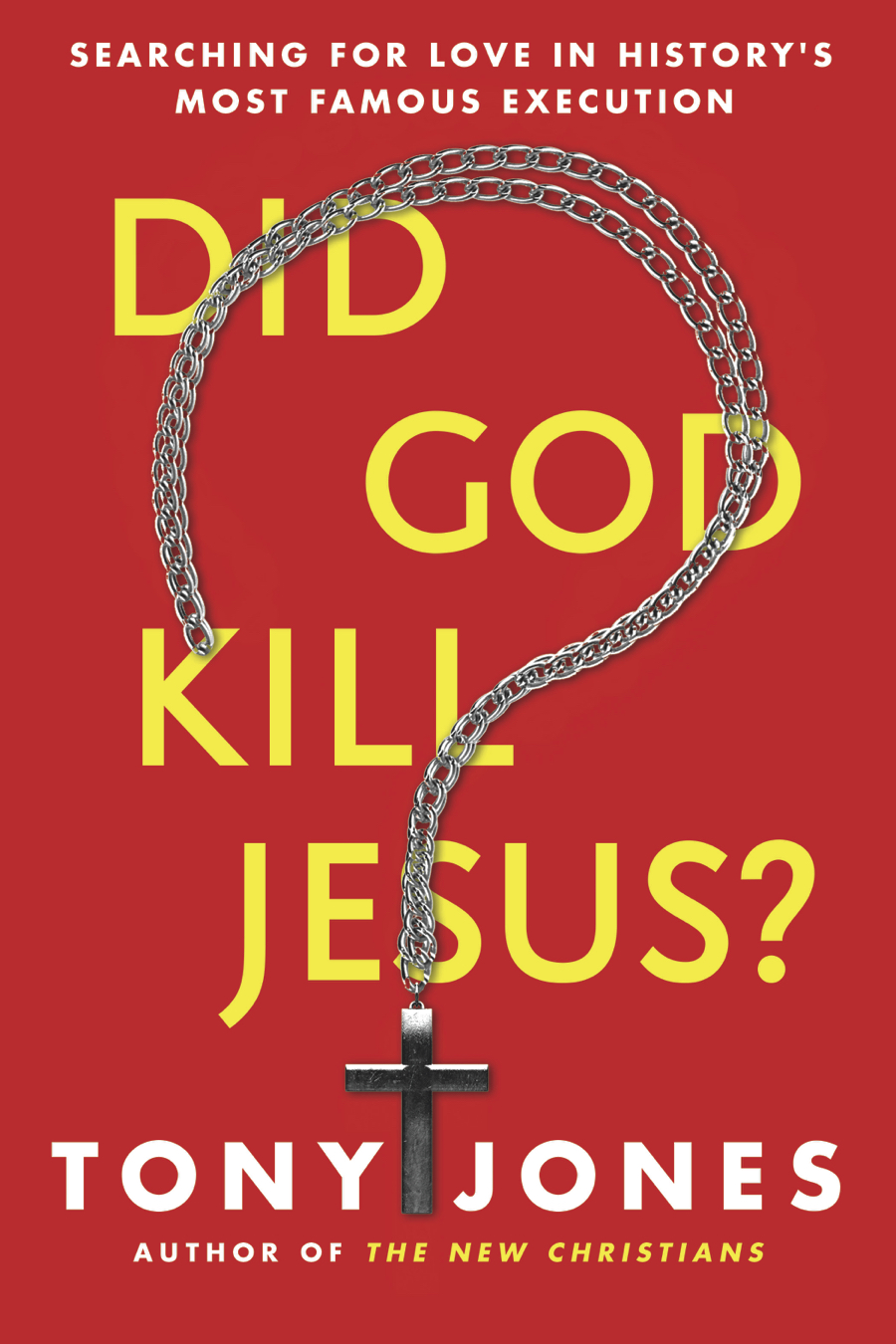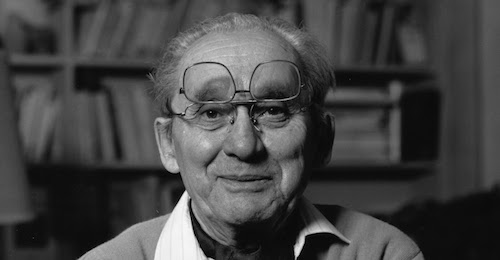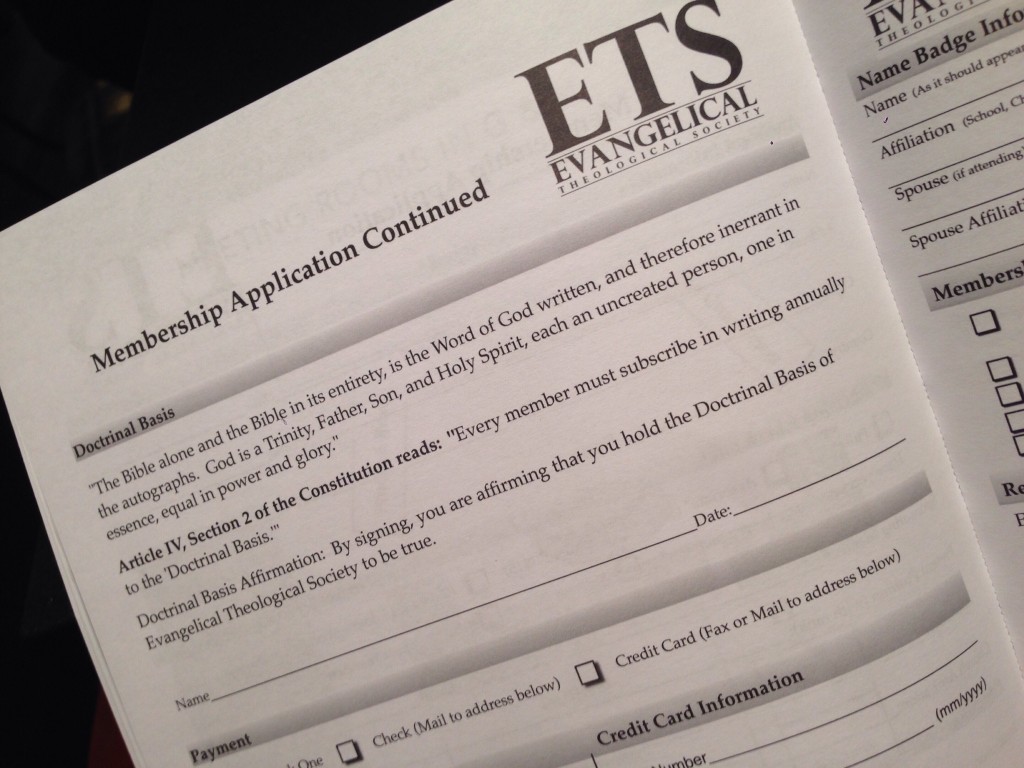Last week, I wrote about a question at my dissertation defense over which I stumbled. There was one other question that tripped me up.
Stacy Johnson is one of my favorite professors at Princeton, though I never took a class from him. (He is also the author of possibly the very best book on GLBT issues in the church, A Time to Embrace.) Stacy is not, however, a fan of Jurgen Moltmann, my theological muse. And at my defense, he asked me a question that he really has for Moltmann:
How can someone be committed to a social doctrine of the Trinity, in which the godhead is seen as an eternal, interpenetrating relationship of three divine persons, and also a panentheist, in which God is in all things and all things are in God?
It’s a good question, for it would seem that a commitment to the social Trinity requires an understanding of God as sovereign Other, whereas panentheism seems at odds with that commitment.
Moltmann is also committed to the Jewish Kabbalistic belief that God was all before the creation, but God withdrew Godself just enough to make room for a creation that is other than God. This was God’s first act of self-limitation. As a Christian theologian, Moltmann goes on argue that, as Paul memorializes in the great hymn of Philippians 2, the incarnation/crucifixion event is the ultimate act of self-limitation by God, to the point of humiliation.
So, the Moltmannian answer — and mine — to Stacy’s question is that throughout the “trinitarian history of God,” and most poignantly in the incarnation/crucifixion/resurrection, the eternal relationship that is the Trinity re-embraces all of creation back into Itself. We are ever-invited into this divine, loving relationality.
PS: the thesis of my dissertation is that our church structures should reflect this eternal, egalitarian relationality. They don’t, but they should.











